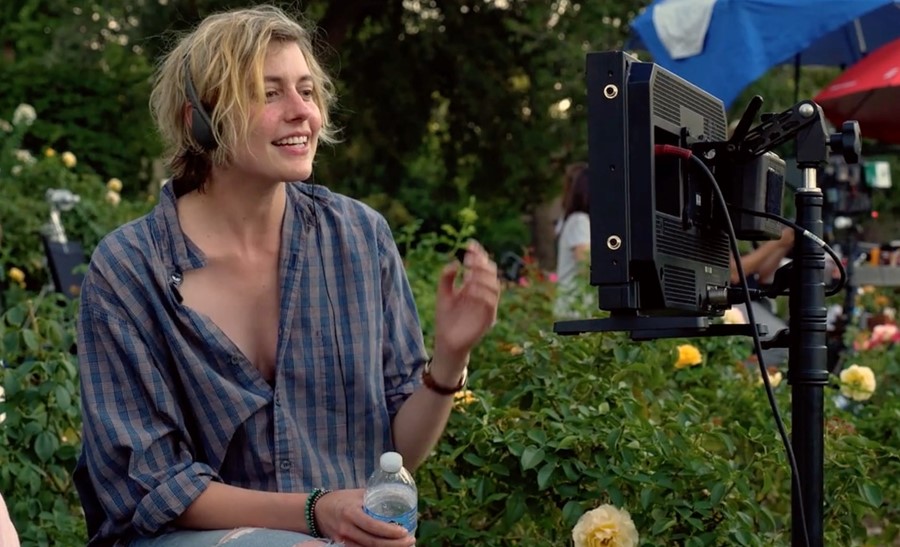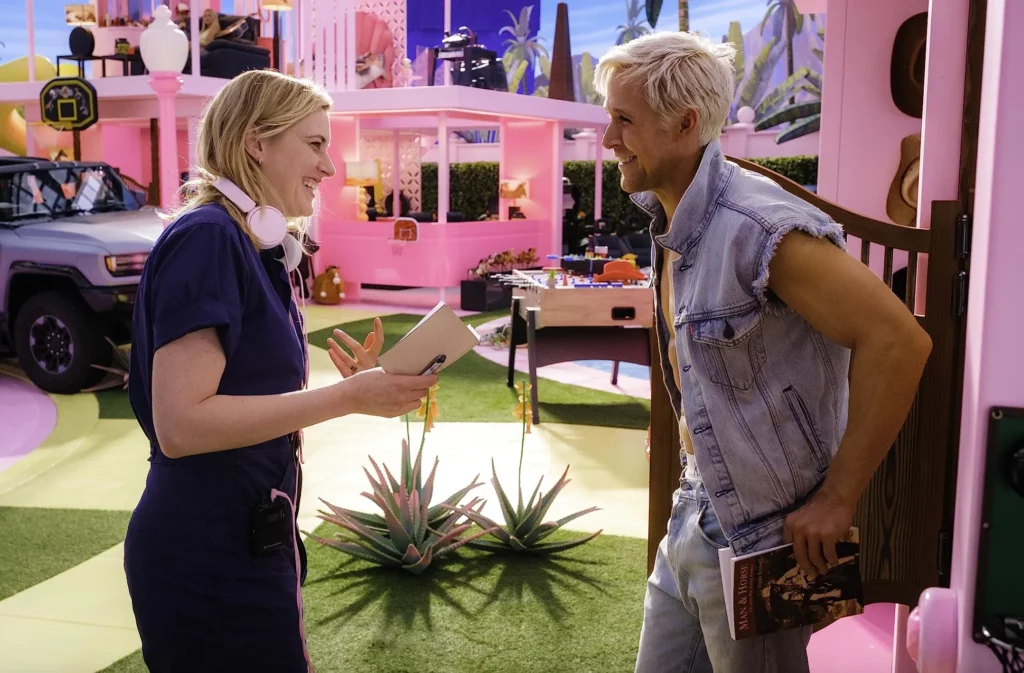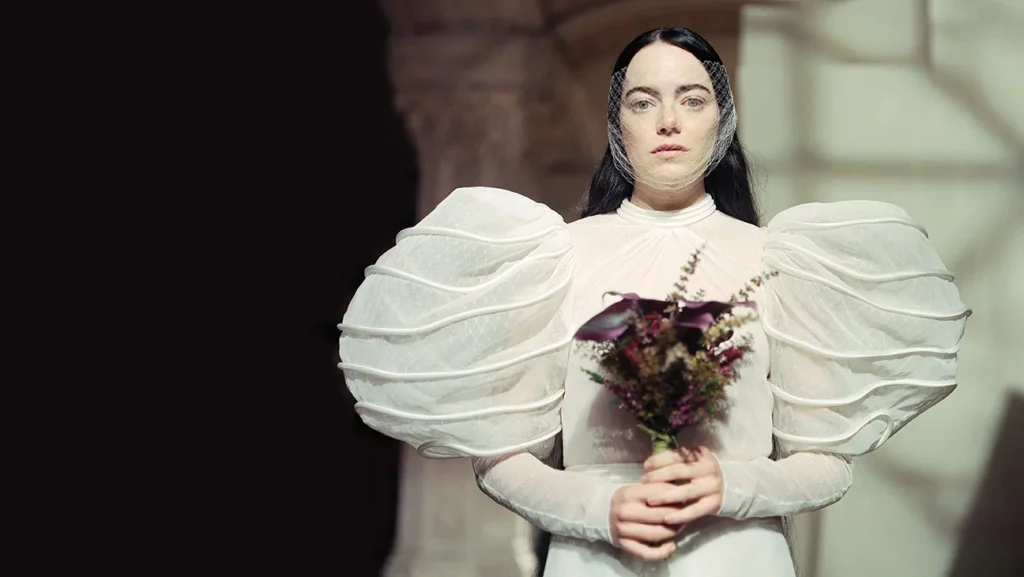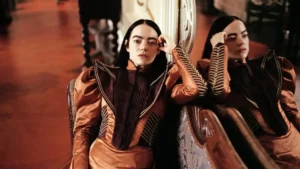What this blogpost is all about
To better understand, how to design immersive and engaging experiences in VR, AR and MR, and building on the previous post about issues and how to solve them, it is necessary to understand the importance of world building and level design on the overall experience. As such, this blog-post aims to provide a short overview on different considerations to be aware of, when dealing with the challenge of creating an immersive experience for VR, AR and MR. Same as with my previous post, however, I would like to dive even deeper into immersive world building and continue my research, so this entry is only a momentary summary and my research into this topic – especially since I plan to eventually read all of Richard A. Bartle’s „Designing Virtual Worlds“ – is still incomplete.
How to create engaging, immersive worlds using level design
Understanding the importance of space and spatial awareness
When designing VR and AR environments, it is crucial to remember that, different from other virtual experiences in front of a monitor or screen, such as games, videos or the like, in VR and AR the user moves his own body and his virtual avatar through the real and the virtual world. This may seem like an obvious and maybe not so important difference at first, but it has some implications, as the user’s physical space and interactions within it need to also be considered when designing. Furthermore, the user’s real life comfort zone, field of view as well as the virtual viewable distance need to be considered as well to understand how to engage with the space.
Using realism, stylisation and interactivity to boost immersion
Utilising the capabilities of modern graphics cards as well as making use of optimisation and / or stylisation options when designing virtual environments for VR and MR, it becomes possible to create both realistic and semi-realistic experiences, that still keep the user immersed. No matter the style, however, maximal attention should be given to light, sound and eventual haptic or other tactile feedbacks, as only a wholistic experience allows the user to perceive the created environment as real and thus allow for maximum immersion. In this regard, it is also important to be aware of how the user interacts and influences the created world. Integrating easy, intuitive and natural-feeling interactions, that take advantage of all the capabilities of VR and AR input devices, such as controller movement and position tracking, gesture tracking or even full-on inside-out tracking can influence how the user interacts with the virtual world.
Design intuitive spaces and provide clear clues
Understanding the perception of different spaces and how it may influence the user, be it in an AR environment, in MR or even completely virtual in VR, is important, as all these environments, compared to our usual computer screen, are perceived as 3-dimensional and thus need to be approached accordingly. By providing clear cues for navigating the virtual space, it becomes easy and safe to explore. To counter the limitations of a user’s real, phyiscal environment vs. its virtual counterpart, a wide variety of movement methods can be explored, such as teleportation, locomation or even simple walking, should the space allow it. This allows for a different approach to space than usual, as it further opens the environment up for exploration.
It is, however, important to always be aware and understand the limitations of such an experience, both in hardware – e.g., tracking and sensing capabilities and physical boundaries – and in the user’s own perception – e.g., how much they can handle without being overwhelmed by the stimuli and cues. A good example of such an overwhelming experience, that is sure to cause fatigue in the long term, is the short-film „Hyper-Reality“ by Keiichi Matsuda.
Hyper-Reality by Keiichi Matsuda
Be aware of storytelling and how it is affected by 3D
Last but not least, after exploration of both the virtual and the physical space, depending on whether the created experience has been in AR, VR or MR, has been opened to the user, it is paramount to understand, how storytelling may be affected by the 3D environment. A good approach to this would be to learn from the gaming industry, as it has created explorable semi 3D and 3D environments for a long time now. Of course, with AR, VR and MR, these spaces – these levels – get extended even further, with more feedback being added, more information being perceived, and more interactions being possible, so careful consideration should be given on which tools may be applicable and which may be unsuited.
The end goal, in any case, should be to consider innovative ways to tell a story, that seamlessly incorporates its narrative elements within the created user-experience. To make sure that the experience remains as complete as possible while offering free exploration remains the challenge when creating such a virtual space.
Next steps:
- Look into interfaces unique to VR, AR and MR
- Check how interaction with VR, AR and MR may work
- Research how to boost engagement and create intuitive interactions
- Research into immersion and storytelling
Sources:
1. Bartle, R.A.: Designing Virtual Worlds, New Rider, 2003, ISBN: 978-0-1310-18167.
2. Matsuda, K.: Hyper-Reality, online in: http://hyper-reality.co/ [08.02.2024].
3. n.a.: VR Design Principles, online in: https://viro-community.readme.io/docs/vr-design-principles [08.02.2024].








